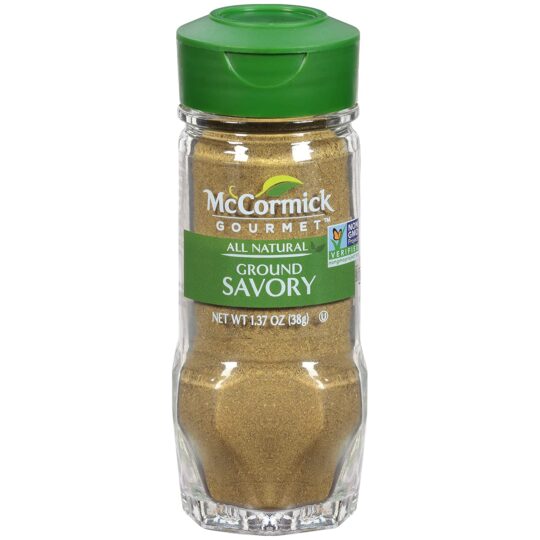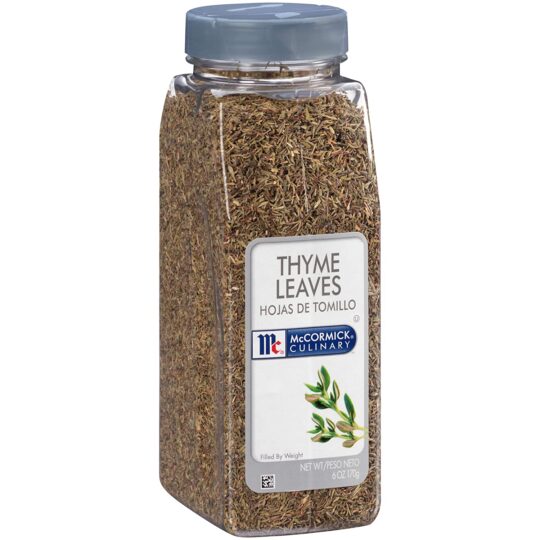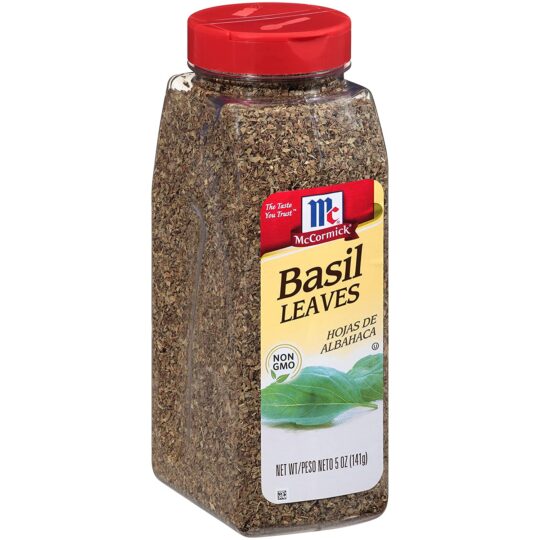Sage seasoning is typically used in place of fresh sage leaves as a way of introducing interesting depths of herbal flavors into a wide variety of recipes. Whether you choose to go with the powdered or the lightly rubbed versions of this wonderful seasoning, you can be sure to expect really mouth-watering results that leave you craving more.
Sage seasoning is great in recipes, but it may not be your style. If also, you find that you have suddenly run out of sage seasoning in your spice rack, you’ll inevitably be needing a substitute to use in its place.
Thankfully, we have compiled some suggestions to use the next time you need a replacement for sage seasoning in your recipes. You might be a little amazed at how well these substitutes will work to replace sage seasoning and the interesting flavors they will bring out in your final products.
What is Sage seasoning?
Despite its popularity in French and Croatian cuisines, most other regions are still continuously experimenting and exploring the benefits of sage seasoning. Ground sage has a sweet, herbaceous, and savory flavor that tastes like celery, eucalyptus, parsley, and a hint of pine.
Sage seasoning comes in two forms: rubbed sage and ground sage leaves. The difference between rubbed and ground sage leaves is that the former is merely crumbled and has a lighter, downy texture, while the latter is what you get when you grind sage leaves into a fine powder. When you need a little background flavor, ground sage is great, but if you want a more prominent sage flavor or a different texture, try rubbed sage.
Sage seasoning can be used to flavor a wide variety of recipes. Sage seasoning blends well into broiled veggies like mushrooms and eggplants, as well as baked potatoes. Pheasant, turkey stuffing, veal, sausage, or poultry casseroles are also some of the other wonderful options to cook with sage seasoning.
Uses of Sage seasoning in recipes
Sage seasoning is widely used in different recipes across different parts of the world. When the sage seasoning is added to a recipe, it introduces a wonderfully sweet and herbaceous flavor that many people prefer not to do without, and quite understandably too.
Some recipes in which sage seasoning is typically used include the following:
- Beef stew with parsley, rosemary, and sage
- Butternut squash and sage soup
- Chickpea, pumpkin, and sage stew
- Chicken song soup
- Pork stew with sage and thyme
- Chestnut soup with sage
- Sage and rosemary chicken stew
- Pumpkin sage soup
- Instant pot beef stew
- Mushroom and sage rice pilaf
- Sweet onion sage bread
- Orange sage olive oil cake
- Sage and cranberry crabcakes
- Potato rosti cakes with sage leaves
- Apple crumble with sage
- Sage-scented shortbread
Substitutes for Sage seasoning
On a day when you run out of sage seasoning in your spice rack, or you’re simply craving a whole new taste in your recipes, you’ll be needing some other options to use in place of sage seasoning.
If you’re not sure about the next step in such a situation, try using one of these substitutes:
Savory

Savory is a good substitute for sage seasoning. While savory isn’t as well-known as the other herbs and spices that can be substituted for sage seasoning, it’s still a popular herb in Canada. In fact, savory is included in the blend of herbs de Provence. Because sage and savory have similar flavors, they can be used interchangeably.
Savory has a flavor that is similar to thyme and marjoram but is slightly bitter. Both winter and summer savory, on the other hand, are milder than sage. It’s crucial to add savory near the conclusion of the cooking process since prolonged cooking will turn it pungent and unpleasant. When it comes to ratios, 1:1 is best.
Thyme

This Mediterranean classic is another aromatic mint family member that mixes well with vegetables and meats. And, unlike marjoram, thyme’s fragrances last long after cooking, and it’s recommended to use at the beginning of the cooking process.
Thyme has a sage-like woody, piney flavor and thus closely resembles sage seasoning. Use it in pasta, vegetable mixes (potatoes and tomatoes work particularly well), marinades, fish, and meats. When substituting thyme for sage seasoning, use a 1:1 ratio for the best results.
Basil

Basil isn’t commonly thought of as a substitute for sage seasoning, but it works just as well. Basil, on the one hand, is more fresh, minty, floral, and grassy, but sage has a more prominent earthy, woody tone. Despite this, basil’s fragrance is similar to cinnamon and cloves, making it an ideal substitute for sage seasoning in dishes.
Basil can be used in place of sage seasoning in the same proportions. Add it to salads, pasta, pizza, and dips at the conclusion of the cooking process (in any recipe) or as a garnish.
Frequently asked questions (FAQs)
What spices go well with Sage?
Sage pairs well with garlic, onion, oregano, parsley, and bay leaf, as well as other herbs like thyme, marjoram, and rosemary.
Which Sage is best for cooking?
The most common form of sage used in cooking is garden or common sage (Salvia officinalis). It is extremely hardy, and even after a harsh winter, it recovers in the spring. The leaves of this sage variety are delicate and silvery-green in color and can be utilized either in fresh or dried forms.
Are all types of Sage edible?
Not all sage kinds are edible. While you may cultivate a variety of culinary garden sage plants, there are also a variety of species with beautiful flower spikes, stunning red, pink, or blue blooms, and more.
Conclusion
When you run out of sage seasoning just while you’re right in the middle of your cooking, don’t assume that you’ll inevitably have to sacrifice flavor in your recipe. This is far from the truth, especially because there are various substitutes to choose from to help replicate the effects of sage seasoning in your meals.
Try out one of the options we’ve suggested for you in this article. You’ll definitely stumble upon one or more new ways to enjoy your favorite recipes, and you’ll never have to worry about not having sage seasoning ever again.